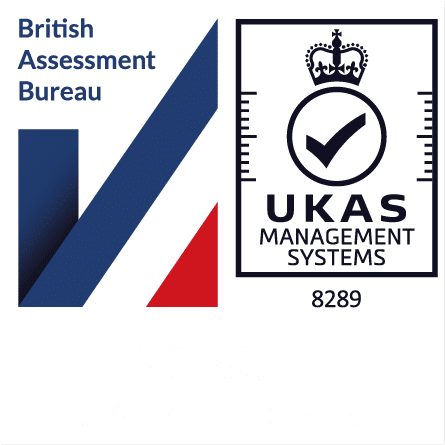Our dedicated development team ensures our software solutions continue to develop and evolve. Users can manage any radio technology across the radio spectrum, allowing users to model multiple radio technologies across one project.
Airports use an abundance of wireless technologies to connect passengers, devices, safety-critical systems, and aircraft. ATDI specialise in three types of communication systems: ground communications for controlling operations, ground-to-air communications for managing airspace and radars for monitoring en-route operations.
HTZ is technology-neutral allowing it to model almost every wireless technology. It features dedicated functions, including:
Key features include:
ICAO Building Heights: This function computes the max. building heights on each point of the map, for seen and not seen points. This automatically checks the max clearance and then re-calculates a new dataset based on the ASCII-GRID format. Essential when modelling the impact of new buildings on Radars and other airport comms equipment.
Exclusion zones: This function supports coexistence modelling between 5G and radio altimeters by calculating the min. the separation between bands, taking into account the digital terrain model, buildings, flight path and flight height and the 5G network deployment. Once parameters are input, including propagation modelling, transmission power and antenna height, pattern and tilt, the uplink signal to the radio altimeter can be modelled.
Multilateration: The MLAT function calculates the location of an aircraft accurately. TDOA calculates the time difference between the signals received by multiple sensors, while TSOA calculates the time synchronization of the signals received by multiple sensors. Both methods reduce errors in locating aircraft and enhance tracking accuracy. HTZ uses advanced algorithms to calculate the location of the aircraft with the TDOA and TSOA methods to improve the accuracy of results.
Localization: The localization accuracy map featured in HTZ, allows the user to determine the localization accuracy of a network consisting of Direction Finders. These detect the best possible locations for virtual transmitters located on the map.
Indoor modelling: HTZ Communications models communications inside terminals and hangers and supports multiple technologies, including WiFi 6. HTZ features an ITU propagation model for indoor environments and allows the user to specify building materials in the settings.
This tutorial looks at the interaction between 5G towers and radio altimeters on aircraft.
The tutorial calculates the exclusion zone needed around the airport to enable MNOs to decide where to deploy 5G towers.
Check out our Blog on microwave links versus flight altitude analysis.
Technology is an integral part of our lives, along with our growing dependency on it. The Internet of Things (IoT) covers everything connected to the internet. The overarching feature of IOT is the wireless data transfer and its application supports smart home devices, eHealth applications or driver-less trucks. With connectivity driving technology innovations, the design and roll-out of wireless networks has to be managed effectively.
HTZ supports every aspects of IOT radio network planning, including coverage and capacity planning and interference analysis. Other key functions include:
From a planning perspective, IoT networks differ from classic radiocommunication networks. To support this, HTZ offers interactive 3D city models and urban information for high-resolution network planning. It supports a variety of IoT application platforms and other cloud-based solutions. The software features accurate propagation models specific for IoT including LPWAN, IEEE 802.15.4, 3GPP.
HTZ features dedicated functions including:
ATDI offers consultancy services to support network operators, integrators and public bodies capitalising on their IoT network.
Check out how ATDI helped develop network plans for the UK's leading Smart city, here.
Often technology advancements and deep pockets win wars. However, good communication networks in the battlespace can be the difference between military success or failure. Nowadays, ministries of defence are compelled to assess their radio spectrum use to ensure their spectrum management practices reap maximum benefits.
Defence & security communications have been an integral part of ATDI since its outset. The scope of this work ranges from auditing the use of military spectrum to advising and supporting studies on coexistence, releasing spectrum for commercial use and the reallocation of spectrum for reuse with other technologies.
HTZ Warfare offers dedicated features for the defence and security markets including:
HTZ Warfare supports all technologies and functions for the defence and security markets, including:
Check out how Drones are used in the military and defence sectors.
HTZ Communications
As the use of drones or unmanned aircraft (UAV) grow, businesses and Governments are seeing significant demand and growth in areas like transport, military, logistics and commercial sectors.
Drones are controlled by a ground control system (GSC) which operates remotely or autonomously. Wireless connectivity lets pilots view the drone and its surroundings from a birds-eye perspective. Users can also leverage apps to pre-program specific GPS coordinates and create an automated flight path for the drone.
The data links use a radio-frequency (RF) transmission to transmit and receive information to and from the UAV. These transmissions share information like location, distance and location to target, distance to the pilot, payload information, airspeed, altitude and more. An autonomous drone can conduct a safe flight without the intervention of a pilot.
HTZ Communications offers dedicated features for drone management including:
HTZ Warfare
In the defence and security sector, UAVs are used as target decoys, for combat missions, research and development. Their growing use has reduced losses in the field and enables the execution of high profile and time-sensitive missions.
Anti-drone systems are used to detect or intercept unwanted unmanned aerial vehicles. More often, anti-drone technology is deployed to protect areas like airports, critical infrastructure, large public spaces and military installations and battlefield sites.
Counter-drones are used to jam the signal between the drone and drone pilot.
Check out our Counter-drone demo today.
Electromagnetic Spectrum (EMS) is widely used for military operations. Competing demands for radio spectrum means it must be strictly coordinated and controlled. Battlespace spectrum management is the planning, coordination and management of EMS, to enable military systems to perform their functions without causing or suffering from harmful interference.
Significant importance is placed on the performance of radio intercept receivers, direction finders and communications jamming equipment. Key features that determine the success of a mission is the ability to intercept or jam enemy communications. And similarly, to share information with the command structure without undue interference.
With over three decades of development, HTZ Warfare is a leading military network planning and EW modelling tool. This feature-specific software supports military units around the World. Key functions include:
HTZ warfare removes the complexity of calculations in the field and simplifies the user experience intuitively across a wide range of applications, including:
Check out our BSMS company presentation.
For over a decade radio broadcast has been responsible for distributing and publishing news. During that time, we’ve seen the introduction of new technologies and the transition from analogue to digital broadcast. It wasn’t till the 1950s that television broadcasting made an entrance. During that time, broadcasters have adapted to viewing trends by focussing on emerging technologies to drive the sector. While the broadcasting environment has changed with the introduction of the internet, traditional broadcasters still retain a large market share of viewers and listeners.
ATDI has a long affiliation with many of the World’s leading broadcasters. Our flagship tool, HTZ Communications enables broadcast network operators to serve a maximum number of users at a minimum cost. We have supplied software and services to assist with key areas such as network planning and modelling for every broadcast technology. During the project life cycle, we help dimension the network using correlation analysis and propagation optimisation.
HTZ Communications was integral to broadcasters when migrating from analogue to digital radio (DVB-T and DAB+), and supports network maintenance and subsequent upgrades to DVB-T. With a wealth of functions featured, ATDI guarantees efficiency and cost-effectiveness at all stages of the network lifecycle ranging from:
The technologies covered by HTZ include:
Check out our Broadcast coordination video which demos design views, collate information in real-time and manage statistics in ICS Manager.
The mining industry is rapidly modernising with smart mining operations projected to increase threefold by 2025. Automation plays a key function in this transformation and has the potential to increase productivity and improve safety and working conditions. For example, transportation in mines is a repetitive task that is well suited to autonomous vehicles which operate around the clock. Private cellular networks connect those vehicles to coordinate paths and exchange mission-critical information.
Due to constant changing environment in the mine, the transmitters and receivers move which can cause reflections, scattering and other diffraction phenomena. Modelling the impact of these changes on network coverage needs to be managed regularly, otherwise, operators run the risk of communication failures.
ATDI works with many of the world’s largest mine operators providing network planning and modelling expertise in the form of software solutions, consultancy services and custom training. These solutions reduce the risk associated with the changing terrain and allow operators to automate their coverage plans frequently. ATDI’s flagship radio planning software, HTZ Communications features key functions that are well suited to managing the issues facing open-mine operators.
Prospective planning: Understanding the impact of terrain changes is essential to network planning. HTZ Communications features a prospective planning function to allow operators to model these challenges over time. These plans can include the best location for fixed transmitters and coverage achieved. Operators can manage their activities more efficiently and remove the risk of communication failures. Identifying communication not-spots allows operators to use gap fillers or trailers to fill areas without coverage.
Automation: Mine operators use scanners or sensors to monitor terrain changes within the mine. Using HTZ Communications, operators can import the updated maps into the software which triggers their conversion into ATDI’s format. Once imported, the software automatically calculates coverage and produces a composite coverage based on the terrain changes. Functions like identifying the best servers, composite coverage and coverage overlapping are also supported.
In addition, SINR throughputs for LTE and 5G networks can also be automated. The results from these calculations are exported in KMZ and TIF/TFW files and are published via a display engine in the Operation Centre. By automating workflows, users can make time and resource efficiencies and reduce the risk of errors in repetitive manual processes.
Accuracy: ATDI’s propagation engine defies laws of physics. The tool has proven to deliver highly accurate predictions, outperforming other planning tools that have evolved from the classic mobile telco needs in urban and suburban environments. ATDI’s propagation engine is well suited to open-cut mines and deep pits. The latest measurements in open-cut mines show a correlation exceeding 95% with less than 1.5 dB margin of error.
Check out how LTE is transforming automation in mines.
Safety at sea depends on good communications between ships and from ship to shore. But radio waves traversing water behave differently to those moving above dry land. This means a new set of variables must be modelled to achieve reliable maritime communication networks. Considerable research has been undertaken into propagation modelling in a maritime environment.
HTZ is used for maritime transport critical communications, as well as cross-border surveillance and emergency response communications. Key features include:
HTZ advanced features include:
Check out our product brochure today.
Check out our WP on MW groundwave modelling with HTZ
Offshore gas and oil operators use mobile technologies like LTE for monitoring components on rigs and communications with the shore. Establishing and maintaining communication links in the face of extreme weather conditions can be a challenge. Commonly, satellite or fibre optic links are used, but more often mobile technologies are replacing rig to shore communication links.
In an environment where safety is critical, any restrictions with bandwidth, or delays often characteristic with satellite services, are not viable. LTE enable rigs, shore bases and support vessels to share information in real-time. Similarly, demands for data on the platforms is growing, with the need for indoor coverage like WiFi and a robust network to manage monitoring and telemetry systems.
HTZ Communications offers dedicated features to manage offshore communications, including:
Response times are critical when managing emergencies, disasters or crises. Both government and public safety agencies face growing pressure to improve event management with the spotlight on connectivity, capacity and capability. Access to mobile broadband is the key to effecting this change.
Public safety networks have three main roles, to support real-time situational awareness and intelligence-driven solutions:
Traditionally, public safety networks used TETRA, TETRAPOL and Project 25. The introduction of 4G (LTE) and specifically PS-LTE, has driven the uptake of data-reliant services. Aside from national public safety networks, there has been significant growth in private LTE networks, providing temporary coverage for pop-up test centres and field hospitals in the fight against COVID-19.
These secure and resilient mission-critical networks must guarantee connectivity for everyone, anywhere and anytime. ATDI has been supporting public safety network operators for over three decades. The key functions of HTZ Communications include:
HTZ features a traffic and mobility profile editor to limit access for low-priority users to free up resources for higher priority users during an emergency. Its propagation models perform coverage calculations to a high level of accuracy without the use of the automatic model tuning module. And, the automatic model tuning module, which can be used at the calibration stage to improve the final AFP result, can be used when drive test measurements are available.
HTZ Communications is recognised for its contribution to public safety in ICCA - Critical Comms awards.
Railway operators rely on different radio technologies to support rail operations. To meet this need, they count on a technology-neutral radio planning tool to design and manage their communication networks. Most rail operators operate both analogue and digital technologies, including GSM-R, LTE-R, TETRA and PMR. These networks support services like centralised traffic control for rolling stock and GSM-R for high-speed rail communications.
A key network requirement is to provide adequate coverage and capacity. This can be achieved using propagation models to attain a high level of accuracy. Automatic tuning models can be used to calibrate drive-test data and improve the overall frequency plan.
HTZ Communications supports all radio technologies ranging from 1kHz to 350 GHz and has been used extensively by rail operators around the world, enabling them to manage their radio spectrum and networks efficiently. Its main functions include:
ATDI supports a comprehensive library of cartographic data for use with radio network designs.
This tutorial looks at how to model a leaky feeder in a tunnel environment. The tutorial walks through the process of building a tunnel from scratch using a .shp file to replicate the tunnel environment.
Check out how ATDI support accurate planning for railway communications.
Radio spectrum is the lifeblood of the radiocommunications industry. It’s the allotted frequencies or spectrum which supports all wireless communications. Spectrum regulation, also known as spectrum management, is the regulation of those frequencies to promote its efficient use and to maximise the net social benefit. Radio spectrum typically refers to the range of frequencies from 3 kHz to 300 GHz.
ATDI has been at the forefront of developing automated spectrum management solutions for national and regional spectrum regulators for over three decades.
Their solutions allow regulators to:
Key features include:
The days of a man with a torch peering into your understairs cupboard to read your electricity meter have gone the same way as faxes and video cassettes. With utility networks moving towards smart metering, consumers are benefitting from cost efficiencies and accurate billing. Mitigating interference in smart networks is a challenge, particularly as broadcasting frequencies become more crowded. And achieving maximum coverage at the lowest possible cost is essential in today’s financial climate.
ATDI has been supporting utility companies and their communications infrastructure for their transmission networks for the past three decades. The main technologies used by utilities include:
HTZ Communications offers dedicated features to utility companies including:
Automated Mesh network and Clustering networks - Select the best locations with the minimum number of Gateways required to coved End-devices, individually or merged by Clusters.
Read our case study on relocating a TETRA base station for the Shaybah Oil reserve, here.
While the growth of onshore windfarms may have slowed, offshore developments are rising – and each one has the potential to interfere with radar systems used by air traffic controllers. National civil aviation authorities are responsible for the safe transit of aircraft through their airspace and require all wind farm developers to determine whether their turbines’ will impact radio communications before they are built.
Wind farm developers need to manage the impact of turbines on civil and military aviation infrastructure. This includes evaluating the impact on radars and surrounding telecommunication services. With accurate planning and modelling, the impact on air traffic control systems in the proximity of a wind farm can be mitigated.
HTZ Communications offers dedicated features for windfarm mitigation studies including:
Explore how HTZ is applied in the wind farm industry and browse our case studies to learn more.
Case study: Modelling the impact of Wind farms on MW networks
Case study: Modelling the impact of Wind farms on ATC radars
Case study: ATDI supplies cutting edge technology to the wind farm industry
News: Keeping the airspace safe with HTZ
Customer focus: Livelink Aerospace



